Meet children’s needs as they change over time
This section outlines how to design privacy information that meets children’s needs as they grow and develop.
Give younger children more support and protection
To design appropriate privacy information, you need to understand how old your users are and what their development needs might be. Children under 13 need a parent or guardian to give consent on their behalf. These age brackets are a guide for how children’s needs may change as they grow:
1 - 5: Pre-literate and early literacy
Use audio or video prompts to tell children to leave things as they are or get support from a parent or guardian.
Provide full privacy information for parents.
May not be able to perform advanced interactions like swipe, double tap or pinch.
6 - 9: Core primary school years
Explore using illustration, animation or sound to explain basic concepts of online privacy.
Make privacy information feel part of the user experience, rather than something separate.
Provide resources for parents to use with their children to explain privacy concepts and risks in your service.
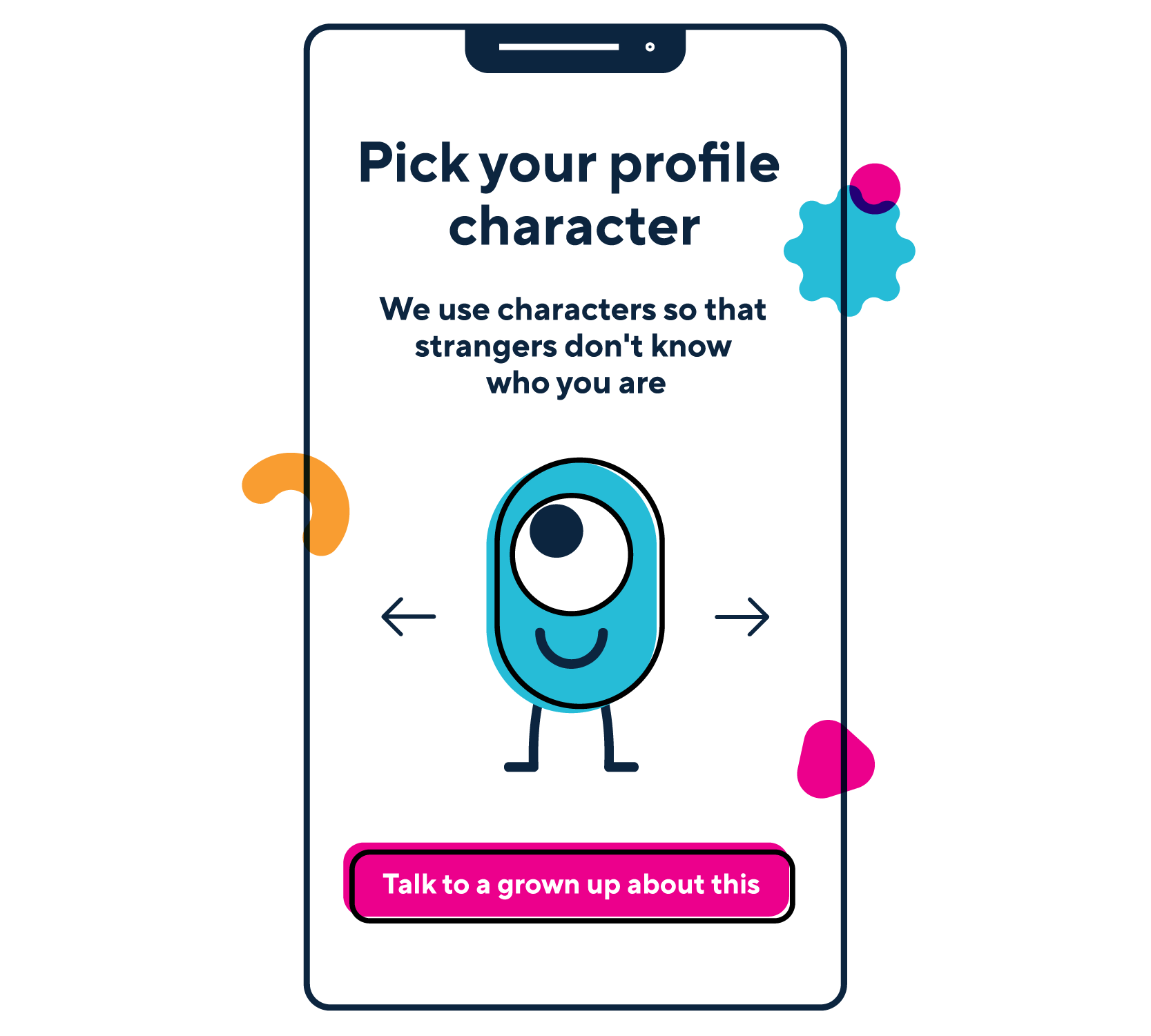
Example of parental support: Encourage younger children to get help with understanding privacy information.
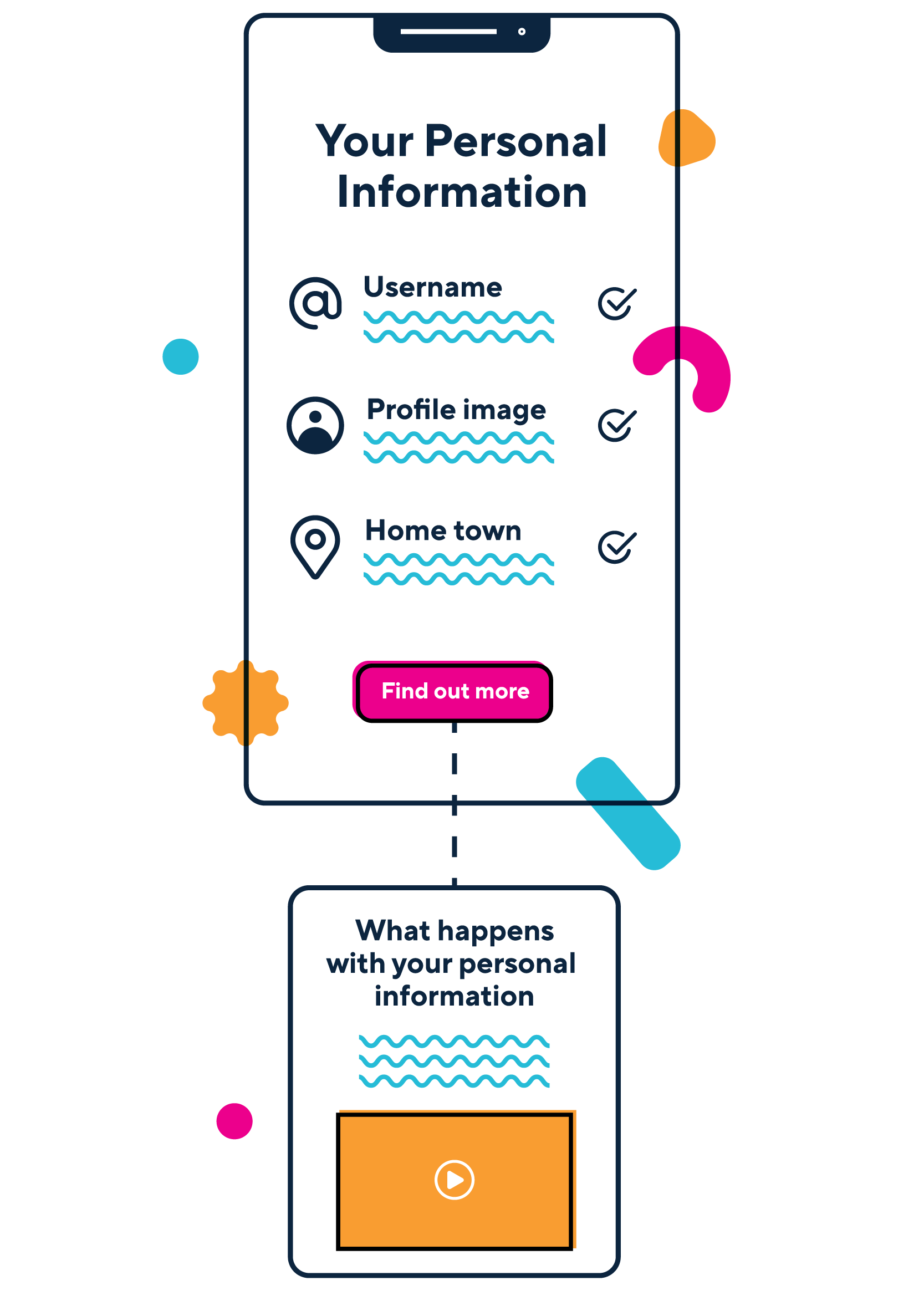
Example of progressive disclosure: Give children the option to find out more and get more detailed explanations.
Help older children have agency over data
Some suggestions for younger teens may also be appropriate for older teens. Interpret these in context of your service and what’s right for your users.
10-12: Transition years
Even children who are the same age have different needs and levels of understanding. Give options for more or less detailed explanations, called ‘progressive disclosure’, to support different needs as children grow.
Design ways for parents to support children in understanding privacy information and setting boundaries collaboratively.
13-15: Early teens
13 is the minimum age children can give consent on their own. Design opportunities for children to seek parental help as they start to make independent choices.
16-17: Approaching adulthood
Explain privacy choices clearly and neutrally so older children can understand the risks and make informed decisions about data.
Prompt them to check with a parent or trusted adult if they have any concerns.
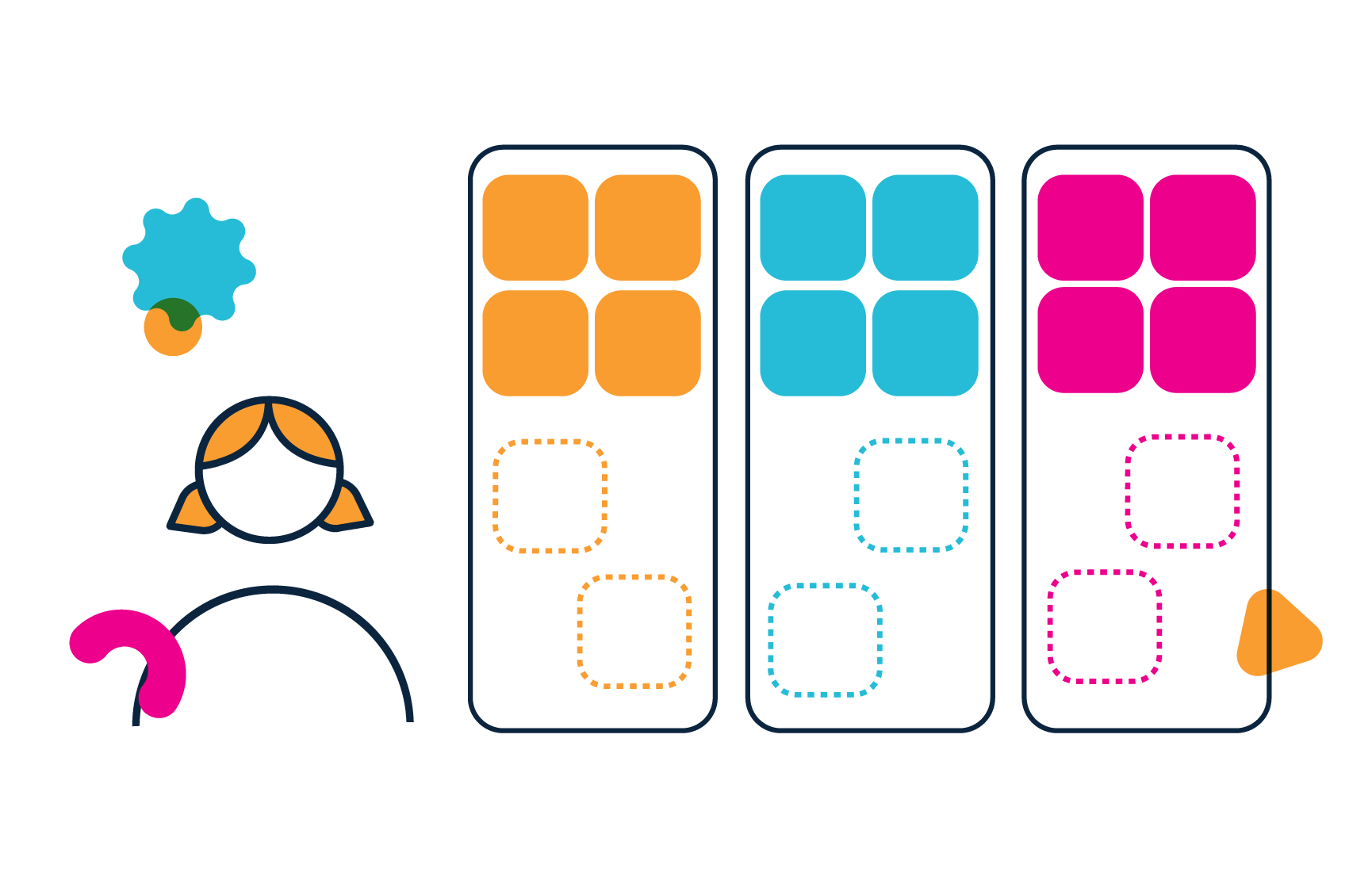
Create age-appropriate mindsets
Map out children’s needs, behaviours and risks to help you design age-appropriate experiences.
Designing for children means designing for change
Think about how children’s needs and capabilities develop as they use your product. The way you manage data-related risks, communicate privacy information and choices about data should change in response.
Different factors might signal children need a new communication approach, such as:
- using products in ways that signal developing capabilities, eg increased social interaction or sophisticated game play; or
- external milestones that signal changes in development, eg starting secondary school or getting a personal device for the first time.
London School of Economics: Children’s data and privacy online: Growing up in a digital age.
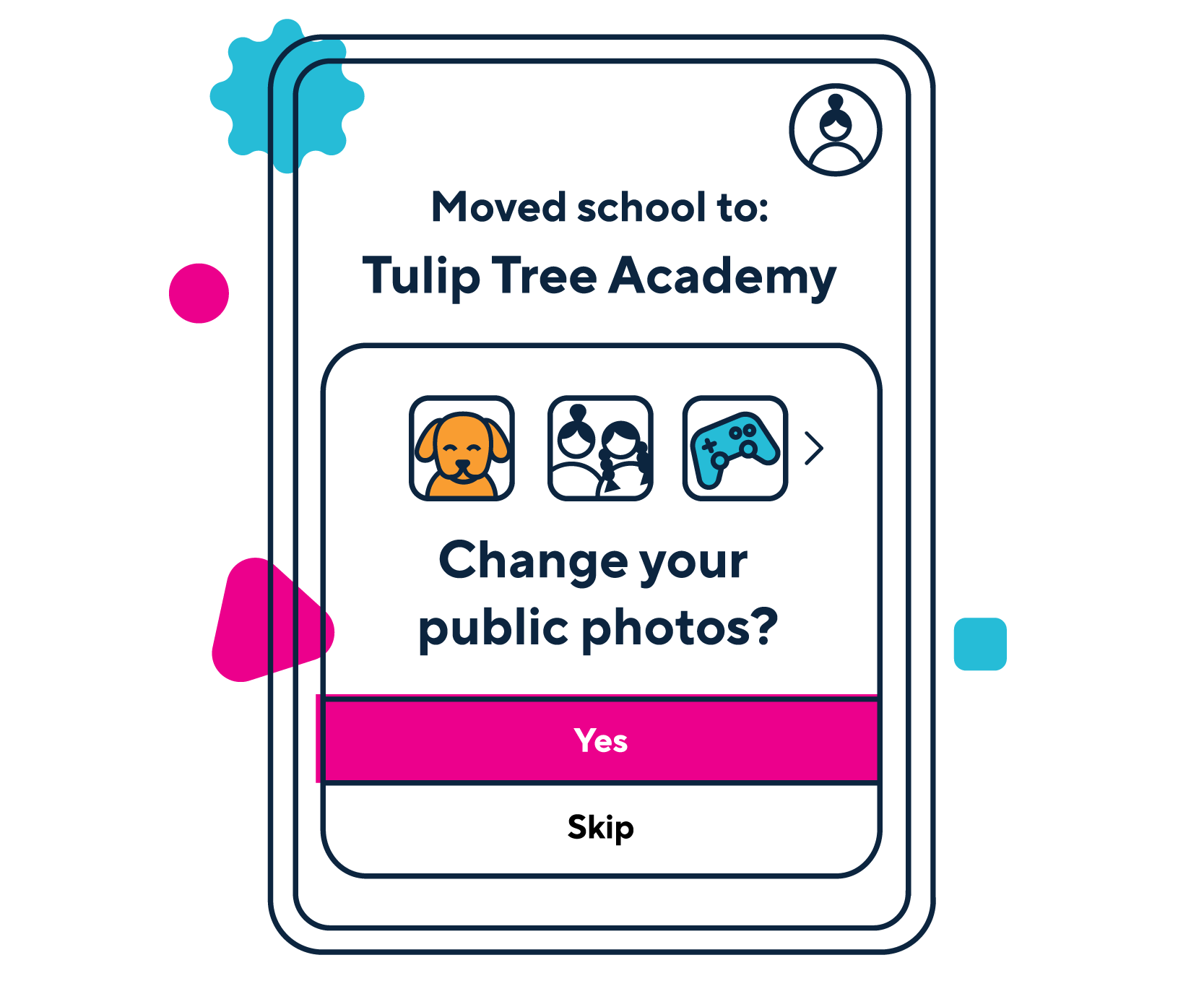
Example of external milestone privacy ‘moment’: Give children the opportunity to control what personal data they share as they develop.

Don’t show large amounts of text at once
Children with lower levels of literacy are likely to skip past large amounts of privacy information without reading it.
Don’t simplify information to hide what is happening with personal data
Provide more detailed explanations for parents and carers that sit alongside simpler explanations for younger children.
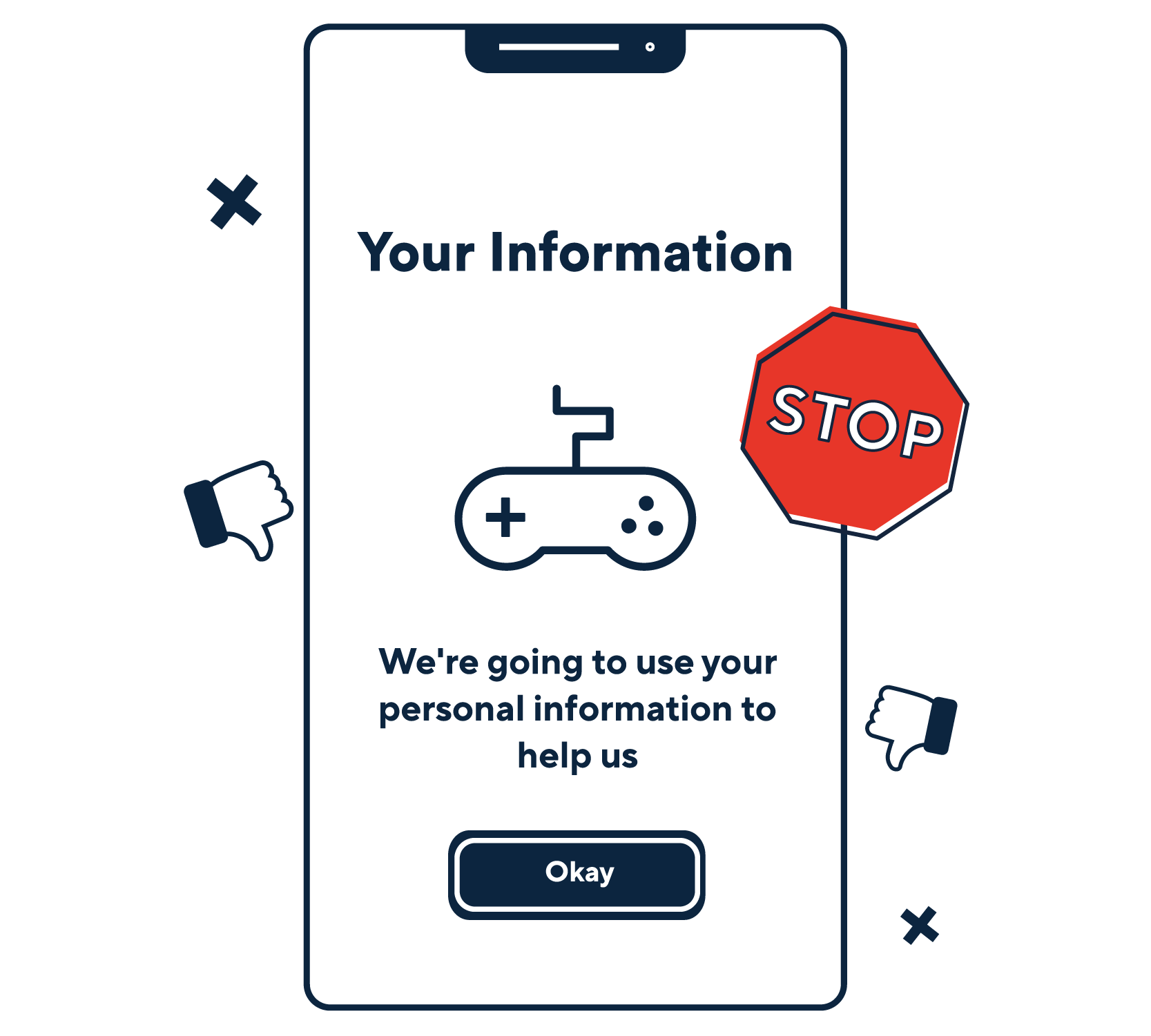

- Do you know the ages or development needs of children using your service?
- Have you used illustrations, audio or video to creatively communicate privacy information to children using your service?
- Have you designed privacy information to meet the needs of children as they grow?
- Have you tested your designs with children to check they find them easily and understand them?
- Have you identified key moments in your user journey when parents or carers could help children understand privacy information and give consent where needed?
Design test
Take our test to see if your privacy information is being designed in a way that meets the needs of children as they change over time.

Explore more themes

Find the best moments to engage children with privacy information
This section outlines how to find the right time to engage children with privacy information and understand what happens to their personal data.

Design for meaningful parent-child conversations
This section outlines how to design interactions for parents and carers to help children navigate the digital world and make informed choices.